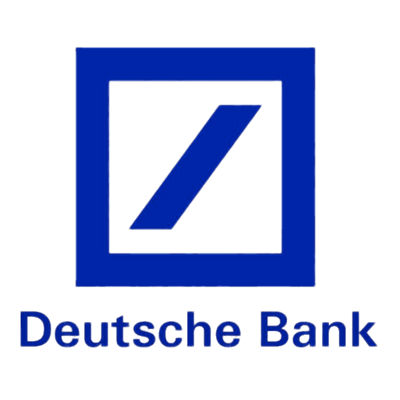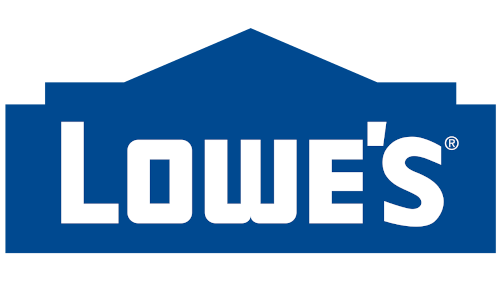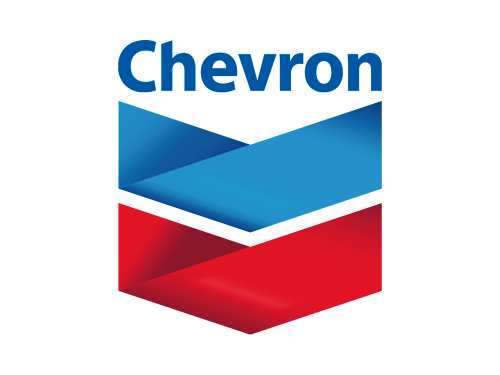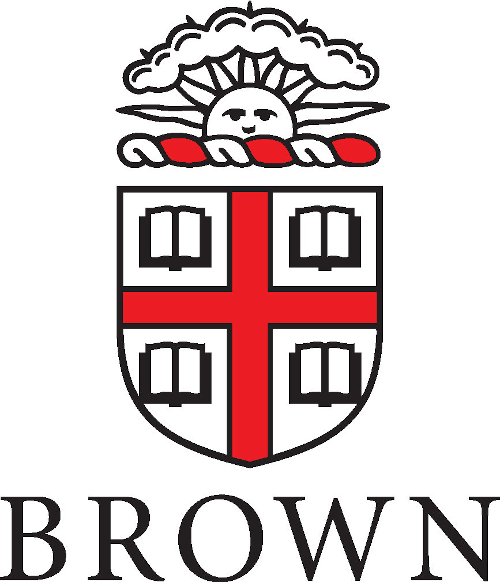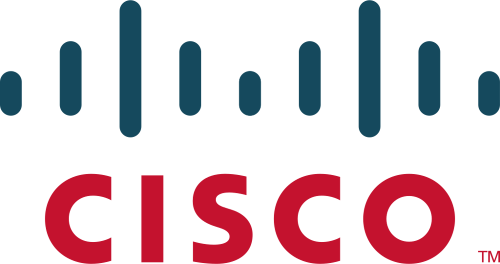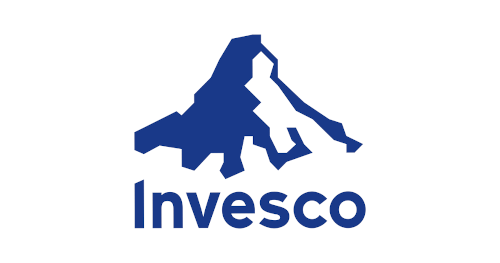A fiber patch panel is a hardware component used to terminate, organize, and manage fiber optic cabling in the data center. It acts as a centralized interface between backbone fiber infrastructure and active network equipment. Fiber patch panels provide a structured, protected location for technicians to connect and modify network links while keeping the permanent cabling untouched and secure.
Fiber optic cabling is useful for modern data centers due to its ability to support high bandwidth and long-distance transmission with low latency. However, fiber is more fragile than copper and requires careful handling. A fiber patch panel creates a safe access point for moves, adds, and changes while preventing strain, dust, and bend radius violations that can degrade signal quality.
Fiber patch panels are typically mounted in server racks or network cabinets. The front of the panel includes multiple ports used for patching with short fiber jumpers. The rear contains fiber terminations or splice trays connected to structured fiber runs that extend through the data center to switches, routers, storage systems, and inter-facility links. This setup keeps the environment clean and manageable even as network demands scale.
Key Benefits of Fiber Patch Panels
Fiber patch panels provide several important advantages that support network reliability and serviceability.
- Organization. Logical grouping and clear labeling of ports simplify identification of fiber paths and reduce clutter in dense environments.
- Ease of change. Most changes occur at the patch panel rather than manipulating backbone cable runs, reducing physical risk and maintenance time.
- Protection. Built-in strain relief, bend-radius control, and environmental shielding reduce the likelihood of fiber breaks or optical loss.
- Troubleshooting efficiency. A centralized access point allows technicians to trace, test, and isolate faults more quickly.
- Scalability. Panels support incremental growth, making it easier to add new connections as bandwidth and capacity requirements increase.
These benefits become increasingly valuable as data centers adopt high-speed interconnects such as 40G, 100G, and 400G, which rely heavily on structured fiber cabling.
Types of Fiber Patch Panels
Fiber patch panels are available in multiple form factors to support varying density and deployment requirements.
- Rack-mount fiber patch panels. The most common format, typically 1U to 4U, used in data hall racks.
- Wall-mount fiber patch panels. Used in remote distribution areas or telecommunications rooms where full racks are unnecessary.
- Modular fiber patch panels. Support interchangeable cassettes, allowing migration to new connector formats or increased density without replacing the entire panel.
- High-density fiber patch panels. Designed for space-constrained environments and extreme port counts, especially in modern spine-leaf architectures.
- Splice-ready models. Include trays to route and protect fusion-spliced fibers transitioning between outside plant and indoor structured cabling.
Support for multimode (OM3/OM4/OM5) and single-mode (OS2) fiber provides flexibility across data center deployment types.
Connector Options and Fiber Cassettes
Connector selection directly impacts density, performance, and upgradeability.
- LC connectors are widely used for their compact size and low insertion loss.
- SC connectors remain common in legacy or specialty installations.
- MPO/MTP connectors support parallel fiber transmission for high-speed links like 40G/100G/400G.
Many organizations use modular cassettes that convert MPO backbone cables into multiple LC or SC interfaces. This simplifies installation and accelerates migration to higher bandwidth technologies without large-scale recabling.
Fiber Patch Panel Management Challenges
As fiber deployments grow in size and complexity, managing fiber patch panels manually becomes difficult. Documentation such as spreadsheets or static Visio diagrams often falls out of date when changes occur. Tracing a single connection through trunk cables, intermediate cross-connects, and multiple patch panels can take hours without accurate records.
Additional challenges include:
- Mispatching during moves, adds, and changes.
- Stranded or underutilized fiber assets that go unnoticed.
- Difficulty planning future capacity or verifying pathway availability.
- Longer resolution times during incidents due to unclear connectivity paths.
These issues not only consume staff resources but also increase the risk of downtime and costly rework.
Simplify Fiber Patch Panel Management with DCIM Software
Managing fiber patch panels at scale is complex. Without the right tools, keeping documentation up to date, planning changes, and tracing connections can consume significant time and increase the risk of errors. Data Center Infrastructure Management (DCIM) software eliminates these pain points by providing real-time visibility into your physical network connectivity.
With DCIM software, you can:
- Automatically generate network diagrams. Real-time network diagrams that include both active and passive components give you a complete view of all your connections.
- Visualize connectivity remotely. View all network devices and their connections in an interactive 3D environment to better understand your physical layout and plan future deployments.
- Perform impact analysis. Instantly trace device dependencies and see upstream and downstream effects when problems occur, helping you troubleshoot faster and reduce downtime.
- Create detailed work orders. Generate detailed port-to-port connection instructions so technicians can execute moves, adds, and changes without guesswork—cutting down on errors and rework.
- Track port utilization and capacity. Monitor used and available port capacity by type through out-of-the-box dashboard charts, ensuring efficient resource allocation and preventing stranded capacity.
- Verify connections in advance. Check that physical connections will support new hardware before installation, avoiding delays and costly missteps.
- Measure cable lengths virtually. Calculate cable lengths directly in the software before ordering, reducing waste and unnecessary spending.
Want to see how Sunbird’s DCIM software can help you track and manage your fiber patch panels and cabling? Get your free test drive now.


